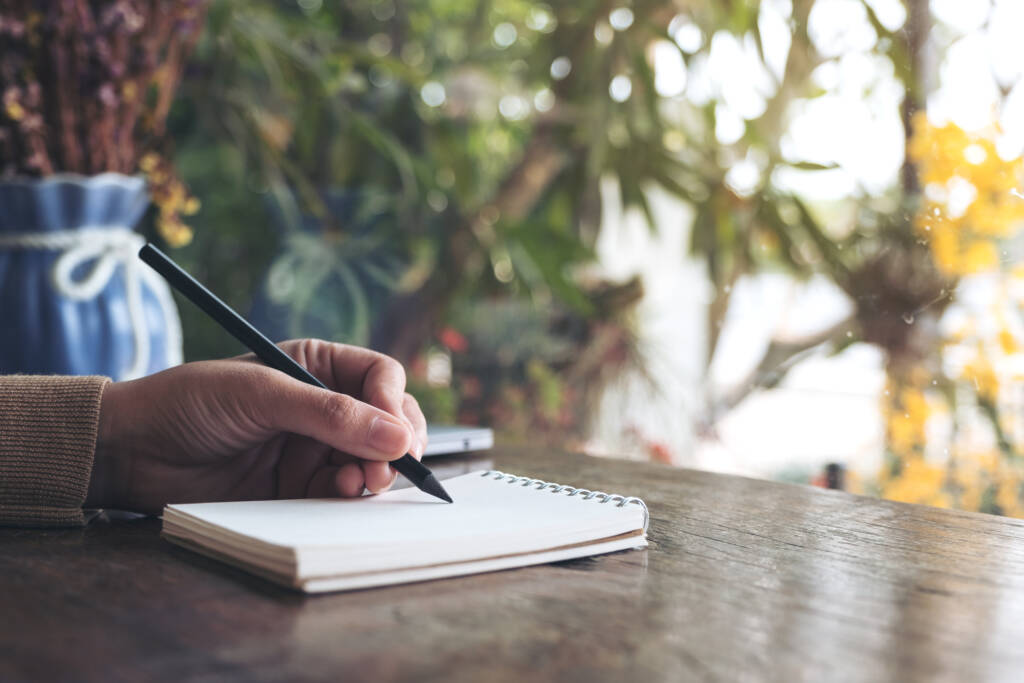
Adult Education Creative Writing

For many hundreds of years, literature has been one of the most important human art forms. It allows us to give voice to our emotions, create imaginary worlds, express ideas, and escape the confines of material reality. Through creative writing, we can come to understand ourselves and our world a little bit better. This course provides students with a solid grounding in the writing process, from finding inspiration to building a basic story to using complicated literary techniques and creating strange hybrid forms of poetic prose and prose poetry. By the end of this course, students will learn how to discover their creative thoughts and turn those ideas into fully realized pieces of creative writing.
Cost: Students purchase 28 days of access for $105. Students may work as quickly through the content as they wish. Every 28 days, students may purchase an additional 28 days of access for an additional $105.
Major Topics and Concepts
Major Topics and Concepts:
- Effectively stimulate your creativity by using established methods such as freewriting, brainstorming, translitics, and writers’ journals.
- Demonstrate awareness of the characteristics of a poem, short story, novel, play or screenplay, novel, and creative nonfiction.
- Begin to understand the creative process and how it is often spontaneous and not logically considered.
- Explain why a poem or short story achieves the effects it does through specific word choice.
- Create a piece of writing that is not just factual but also expresses your own personal feelings on a subject.
- Explain the difference between stereotypes and archetypes, as well as how to avoid the use of stereotypes while using archetypes as the basis for characters.
- Explain how to create characters that are consistent and believable.
- Explain how to fit a character into a plot, as well as how to allow that character to inform plot.
- Describe the seven basic plot types and explain how to use unique versions of these in your own writing.
- Explain the importance of setting, as well as how to narrow the setting down to its most important features.
- Explain the importance of point of view.
- Read poetry closely and interpret the poet’s intentions.
- Define imagery and demonstrate an understanding of the effect it creates in a poem.
- Utilize images in your own creative writing.
- Define personification and demonstrate an understanding of the effect it creates in a poem.
- Define simile and metaphor and explain the difference between the two.
- Demonstrate an understanding of the different effects created by simile and metaphor.
- Create your own simple and effective similes and metaphors.
- Recognize and notate the rhyming scheme of a poem.
- Recognize when a poem has and does not have a specific rhyming scheme.
- Recognize some of the different types of rhyme including perfect rhyme and alliteration.
- Explain why a writer chooses to repeat certain sounds or words.
- Explain how rhythm is created and how to notate the rhythm of a poem.
- Use both rhythm and rhyme to create your own desired effects.
- Demonstrate the use of poetic techniques in prose writing, and narrative techniques in poetry.
- Assess the assumptions a writer makes about their readership.
- Assess who the writer chooses to exclude from their writing.
- Describe your ideal reader.
- Describe the reader’s expectations for various forms of fiction and creative non-fiction.
- Alter your style and tone according to your intended readership.
- Identify a writer’s individual “voice.”
- Identify a writer’s style and its unique characteristics.
- Imitate the styles of various writers.
- Synthesize various influences in order to create a unique style.
- Make choices about the voice that is appropriate for your writing.
- Identify the strengths and weaknesses of other writers.
- Identify your own strengths and weaknesses as a writer.
- Describe the different types of editing and the differences among them.
- Assess the effectiveness of the various elements of a piece of writing, including its plot, characterization, themes, atmosphere, language, and use of literary techniques.
- Assess the overall success of a piece of writing when all of these elements are put together.
- Examine and improve the word choice in a piece of writing and avoid clichés.
- Explain when fact-checking is necessary and how to check the facts of a piece.
- Examine your own work critically using editing techniques.
- Be an effective participant in a creative writing workshop.
- Make constructive, relevant, and qualified comments.
- Frame comments so that they are productive.
- Organize your thoughts in effective note form to give to your peers.
- Explain comments on your own work and learn from them.
- Publish your own work in print or online form.
Competencies
Characters, Theme, and Setting
Students will demonstrate an understanding of creating characters, setting, and developing theme by evaluating one or more literary works and using strategies of point of view, reasoning, and language to create original literature.
Dialogue and Point of View
Students will demonstrate an understanding of how to create dialogue and point of view by analyzing the purpose of dialogue, examining examples of dialogue and point of view, creating dialogue, and using point of view to develop characterization, advance plot and develop theme in an original story or screenplay.
Introduction to Creative Writing
Students will demonstrate an understanding of creative writing by analyzing author’s craft including mood, theme, and voice, distinguishing among genres, understanding word choice, engaging in free writing, and brainstorming.
Poetry
Students will demonstrate the ability to write poetry by analyzing how poetry presents a perspective on a subject, learning and using the key strategies of poetic structure, explaining and using literary devices, and understanding and using emphasis of detail.
Revision and Purpose
Students will demonstrate an understanding of revision and purpose by explaining the difference between revision and critique, listing approaches to revision, explaining professional expectations for writing-related careers, demonstrating the purpose and process of drafting and editing.

